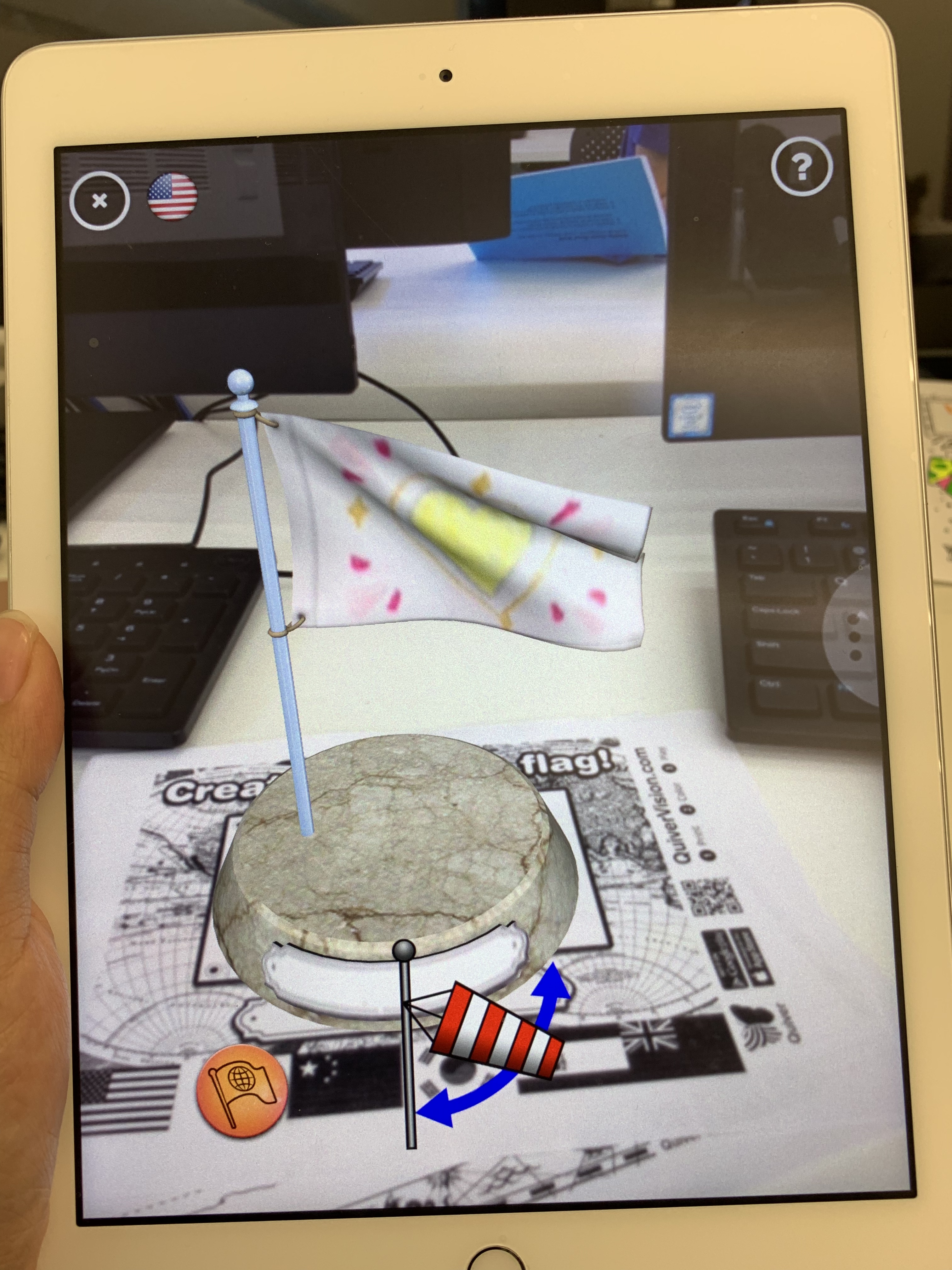To play on the computer, let along computer games was a treat back in my own schooling days, which wasn’t quite that long ago!
Since then, the emergence of not only including digital games into lessons, but also the process of gamification has changed the classroom. Games can offer a different kind of challenge to students that can result in innovative problem solving (Checa-Romero & Pascual Gómez, 2018). Students are able to take part in playing games and also designing games in the classroom.

Scratch is one example of a platform for game creation. Through its coding features, there is opportunity for students to create or play through an interactive story based game. Teachers may create a game based on a story or recount for a comprehension task.

There are pedagogical issues that educators should consider. For instance, tt can be easy to simply use games to increase engagement or interest in a lesson, but there should be a purpose for its incorporation. Thus, when incorporating digital games into a lesson, teachers should consider Gee’s (2005) ‘Learning Principles in Good Games’. With a vast range of games available ranging from the simplest games such as ‘Sortify: Nutrition’ , or more complex like ‘Minecraft’, there are several criteria that should be considered. This includes whether students are involved in production over consumption, if the game can be customised to the many learning ability and styles of students and if there is enough challenge to result in student satisfaction when the game has been finished (Gee, 2005). This results in teachers needing to also utilise their creative autonomy to customise or tailor games or activities to their class and lesson, so that they are implemented effectivevly.
Would any digital game you personally enjoy be useful in the classroom?
-Charity
Checa-Romero, M., & Pascual Gómez, I. (2018). Minecraft and machinima in action: development of creativity in the classroom. Technology, Pedagogy And Education, 27(5), 625-637. doi: 10.1080/1475939x.2018.1537933
Gee, J. P. (2005). Good video games and good learning. Retrieved from: http://dmlcentral.net/wp-content/uploads/files/GoodVideoGamesLearning.pdf





